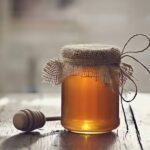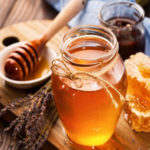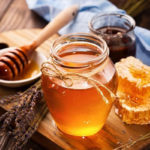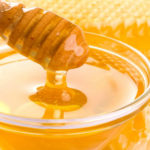Honey is packed with nutritional benefits and is a boon for health. It contains a plethora of minerals and vitamins that boost the human immune system. However, with a multitude of honey varieties available in the market, it can be challenging to differentiate between pure and adulterated honey. Fret not, as a simple method can help unveil the truth behind the honey’s purity.
Unveiling the Truth: The Refrigerator Test
For many households, honey is an integral part of their daily diet. From spreading it on toast during breakfast to adding a hint of sweetness to their tea, honey is a versatile ingredient.
However, with the ever-expanding and diverse market, cut-throat business competition has led some unscrupulous merchants to engage in unethical practices, producing and selling fake honey or blending it with other substances. These adulterated products not only diminish the nutritional value but can also pose serious health risks. Therefore, it is of utmost importance to learn how to differentiate between pure and fake honey.
While it may seem like a daunting task, experts reveal a simple trick that can be performed at home. All you need to do is place a small sample of the honey in your refrigerator. After 24 hours, observe the changes. Pure, high-quality honey will start to crystallize and eventually turn into a solid mass due to the high concentration of glucose, which gradually crystallizes at low temperatures. On the other hand, fake honey or honey diluted with water or other additives will not crystallize and may remain in a liquid state or exhibit abnormal behaviors.
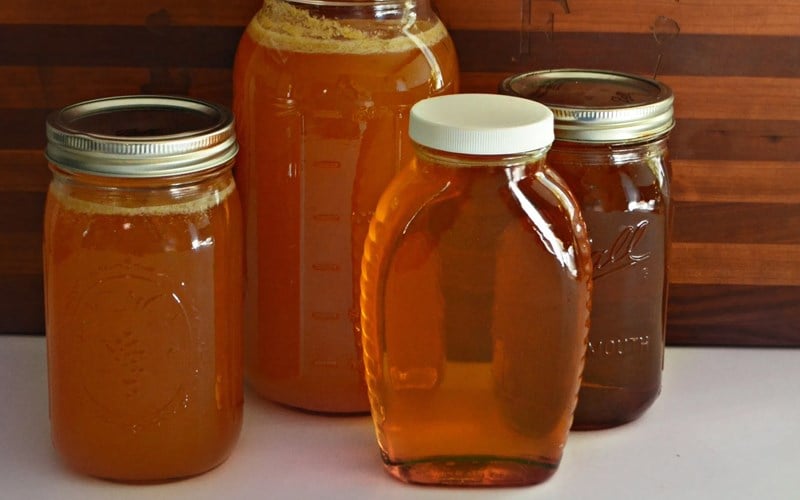
Honey boasts a myriad of benefits for health and well-being.
Here’s a step-by-step guide:
– Take a small bottle of honey from the larger container that you suspect might be adulterated. Place it in the cold storage compartment of your refrigerator. You can choose any spot, but it’s best to place it in an area with relatively low temperatures. Leave the honey undisturbed for 24 hours so that the cold temperature can take full effect.
– After the waiting period, it’s time to observe the honey’s transformation. Pure, high-quality honey will start to crystallize and eventually turn into a solid mass. Conversely, fake honey or honey diluted with water or other additives will not crystallize due to the dilution and may remain in a liquid state or exhibit abnormal behaviors.
Through this simple method, we can easily determine the authenticity of the honey in our homes. However, when purchasing honey, it is essential to combine other methods, such as observing its color, taste, and aroma, to make a comprehensive judgment.
Precautions When Using Honey
– Honey is safe for adults and children over one year old. However, it should not be given to infants, especially newborns, as it can pose a danger to their lives. Parents can opt for cereals containing honey, as the honey in these products has been cooked.
– Individuals with sensitivities or allergies to specific honey components should refrain from consuming it.
– The honey variety known as ‘Rhododendrons’ contains toxins that can lead to heart issues, low blood pressure, and chest pain.
– Pregnant and lactating women can safely consume honey products but should do so in moderation.
The Ultimate Guide to Honey: Exploring the Different Varieties and Their Unique Benefits.
Introducing the world of honey – a delightful and diverse treat found in nature’s pantry. With an array of options available, the question arises: which honey is the best and tastiest? Join us on a sweet journey as we explore the fascinating varieties of honey and uncover the unique qualities that make each one special. From the delicate flavors of wildflower honey to the rich, dark depths of buckwheat honey, there’s a perfect golden nectar waiting to be discovered and savored. Let’s embark on this tasty adventure and find the honey that truly hits the spot!
What is Lavender Honey? Benefits of Using Lavender Honey
Honey derived from the nectar of the crocus flower is a unique delicacy untouched by chemicals. Its vibrant yellow hue and exceptional clarity are a sight to behold. The delicate sweetness of this honey offers a mellow taste sensation that gently caresses the palate, leaving a soothing sensation in its wake.

























